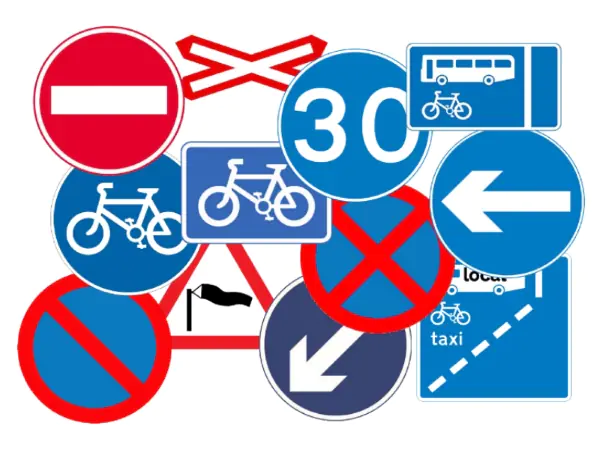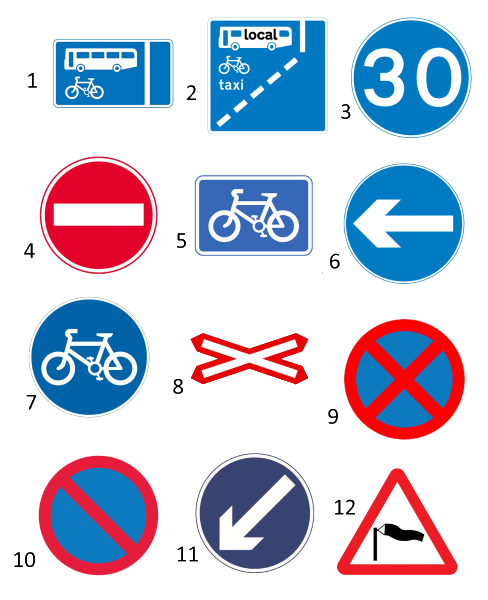What are the most misunderstood UK road signs?
Article written by Bush Tyres

How well doyou know your highway code?
Driving in the UK is relatively safe, but the UK still saw 165,100 accident casualties in 2018*. Although the causes of these accidents vary, Click4reg wondered if a major reason could be a lack of understanding of road and traffic signs. Their customer survey was narrowed down to 12 common UK road signs. They asked respondents to choose what they thought were the correct meanings of each sign.
Which signs stumped drivers the most?
79% of drivers surveyed could not identify the sign ‘with-flow bus and cycle lane'(1).
28% managed to ‘correctly guess this most unknown road sign, as ‘with-flow bus lane ahead which pedal cycles and taxis may also use’ (2).
Coming in third place is the ‘minimum speed’ road sign which 70% of those surveyed could not identify its meaning (3).
The most shocking result found was the commonplace ‘no entry’ sign which a staggering 62% of drivers surveyed didn’t know what thisroad sign meant! (4)
Which signs were drivers the most confident of?
The most recognised sign in the survey was ‘side winds’ –where 93% of the drivers surveyed knew this road traffic sign meaning (12). Next came the well-known road sign ‘keep left’, of which 75% of people managed to correctly identify it (11).
Another shocking discovery was that the common ‘no stopping’ (9)and ‘no waiting’ (10) sign which fooled 41% and 42% of respondents respectively.
Click here to improve your understanding of road signs and what they mean. #KnowYourTrafficSigns
1, With Flow bus & cycle lane
2, With Flow bus & cycle lane ahead which pedal cycles & taxis may also use
3, Minimum speed
4, No entry for vehicular traffic
5, Recommended route for pedal cycles
6, Turn left
7, Route to be used by pedal cycles only
8, Level crossing without barrier
9, No stopping
10, No waiting
11, Keep left
12, Side winds
* National Statistics -Reported road casualties in Great Britain, provisional estimates: year ending June 2018



 Tyres
Tyres Services
Services Fast Fit
Fast Fit Offers
Offers


